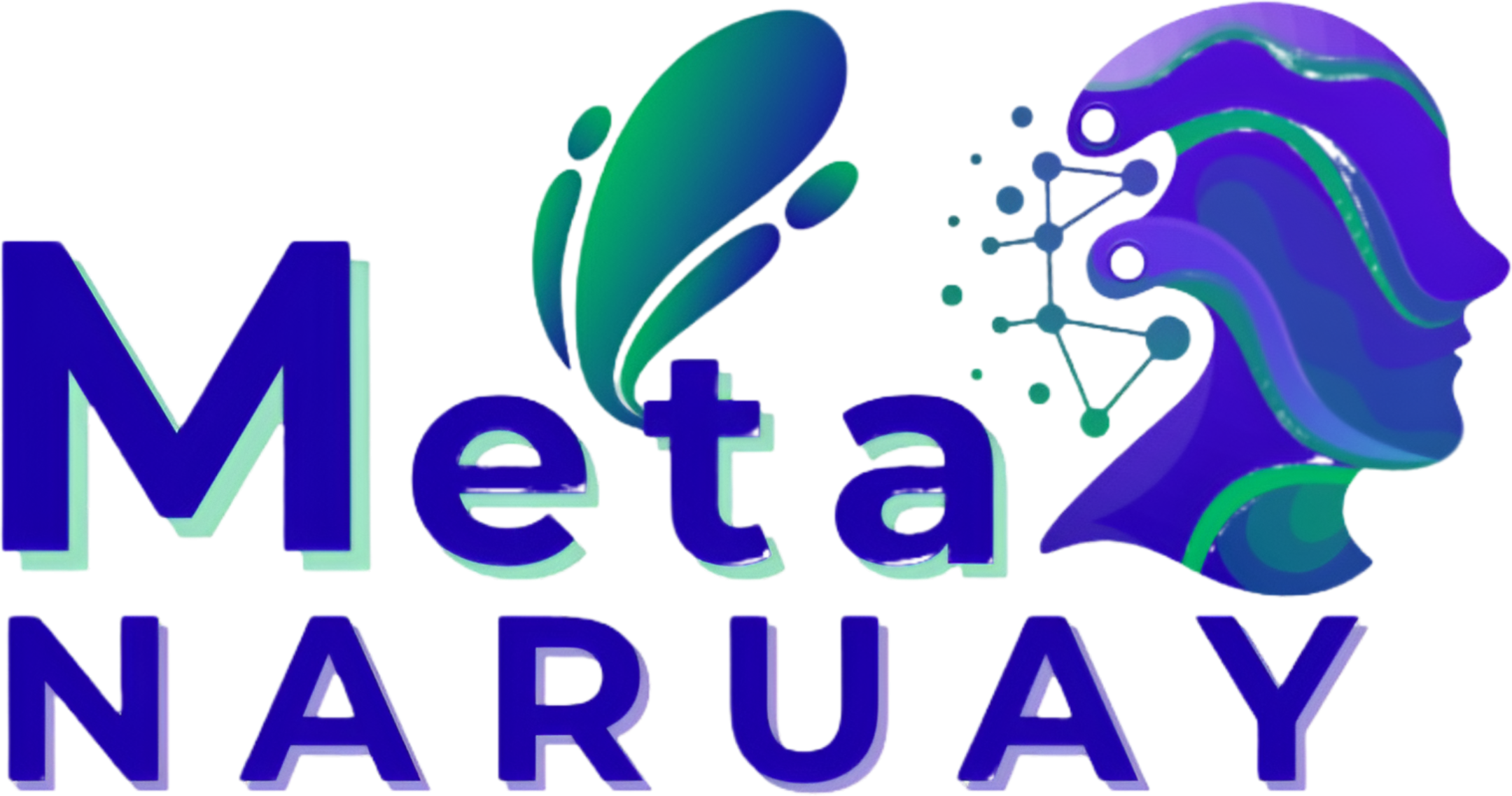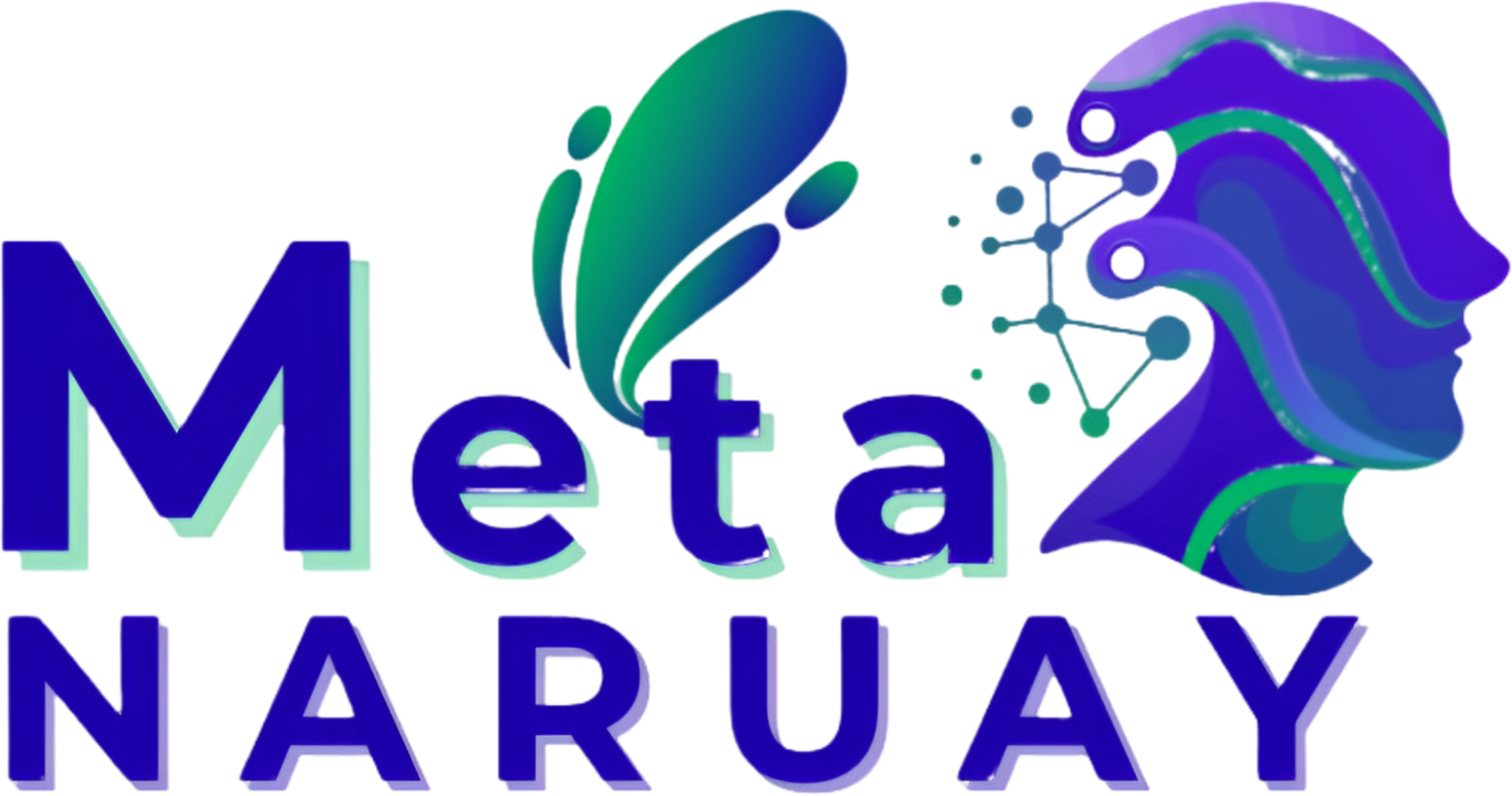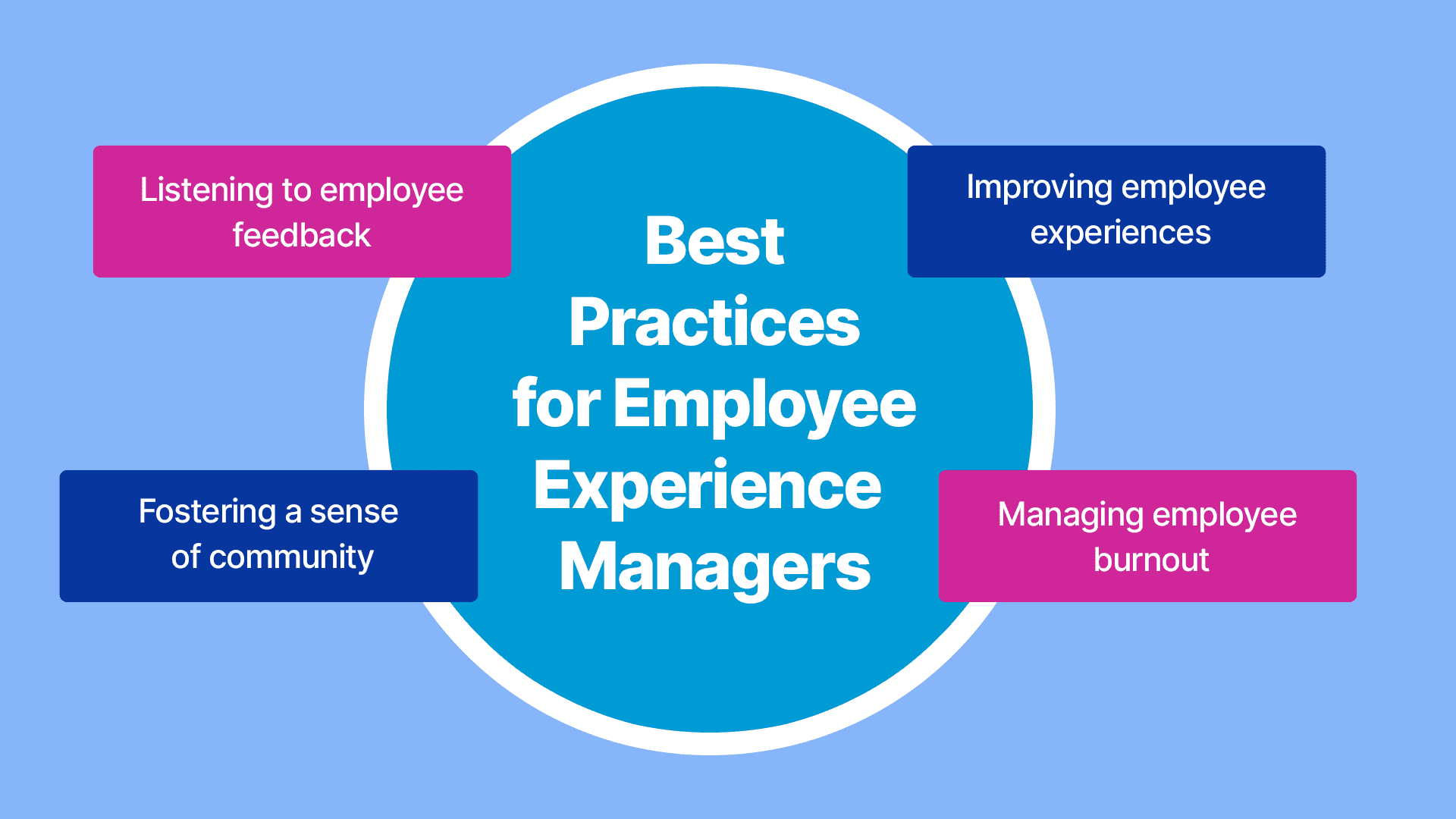One of the most defining and prevalent Employee Experience Management Market Market Trends is the strategic move from traditional, annual engagement surveys to a more continuous and holistic listening architecture. For years, the primary method for gathering employee feedback was a lengthy, once-a-year survey. This approach has proven to be too slow, cumbersome, and backward-looking for today's fast-paced work environment. The modern trend is to supplement or replace this with a multi-channel, "always-on" feedback strategy that captures employee sentiment at various points throughout their journey. This includes short, frequent "pulse" surveys to track engagement in real-time, lifecycle surveys triggered by key events like onboarding or promotion, and "ad-hoc" surveys to gather feedback on specific initiatives. This trend also extends beyond active feedback (surveys) to include the analysis of passive feedback signals, such as data from collaboration tools, HRIS systems, and even anonymous public reviews on sites like Glassdoor, to create a more comprehensive and real-time understanding of the employee experience.
Another critical trend that is fundamentally reshaping the market is the deep and pervasive integration of Artificial Intelligence (AI) and advanced analytics to move beyond simple reporting to predictive and prescriptive insights. Early EX platforms were primarily focused on visualizing survey results in dashboards. The current trend is to leverage AI and machine learning to uncover the deeper, often hidden, drivers of the employee experience. Natural Language Processing (NLP) and sentiment analysis algorithms are now a standard feature, allowing organizations to automatically analyze thousands of open-text comments from surveys to identify key themes and emotions. More advanced platforms are using predictive analytics to identify employees who are at a high risk of attrition, allowing managers to intervene proactively. The trend is moving even further towards prescriptive analytics, where the platform not only identifies a problem (e.g., low engagement in a particular team) but also recommends specific, evidence-based actions that a manager can take to address it, making the insights more actionable and impactful.
A third, highly significant trend is the increasing focus on personalization and the "democratization" of the employee experience. The one-size-fits-all approach to HR and employee engagement is rapidly becoming obsolete. The modern trend is to recognize that different employee segments (e.g., by role, location, or demographic) have different needs and expectations. EX platforms are increasingly being used to gather granular feedback that allows organizations to design and deliver more personalized experiences, from tailored development plans to flexible work arrangements. At the same time, there is a strong trend towards "democratizing" the data and insights generated by these platforms. Instead of being confined to the HR department, real-time dashboards and action-planning tools are being pushed directly to frontline managers and team leaders. This empowers them with the information they need to understand and improve the experience of their own teams, transforming EX from a centralized, top-down program into a distributed, manager-led responsibility, which is far more effective at driving meaningful change at the local level.





